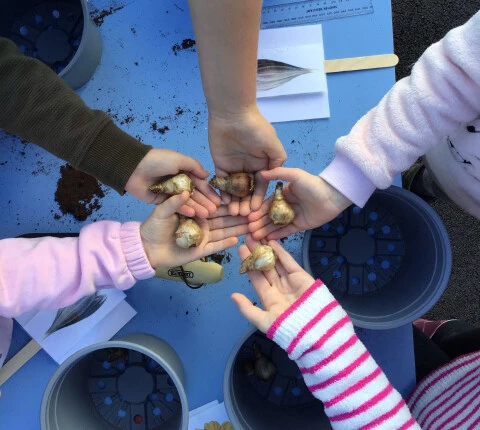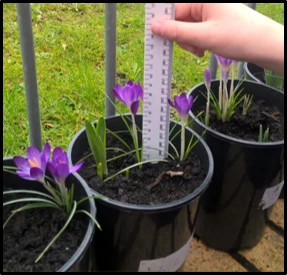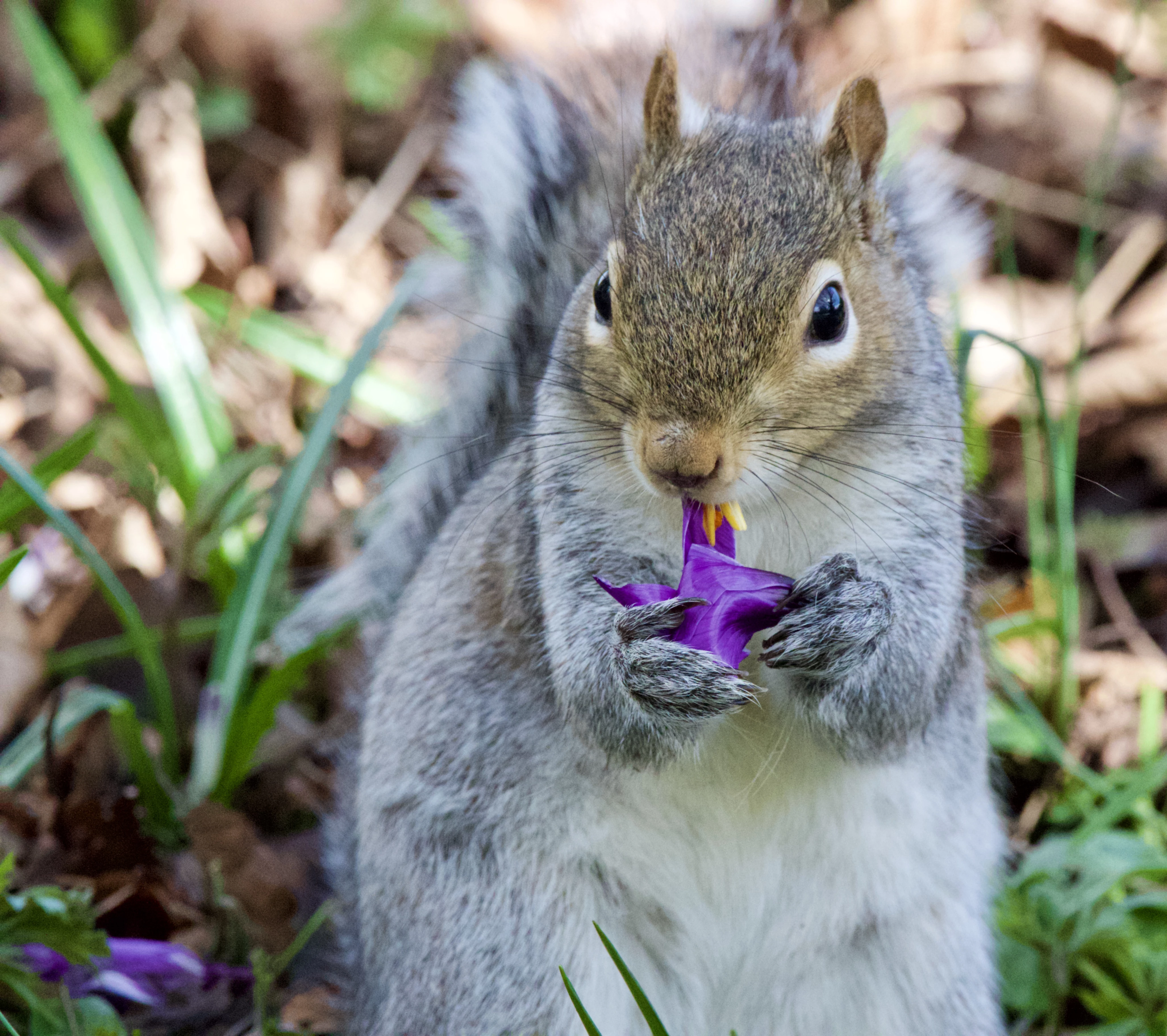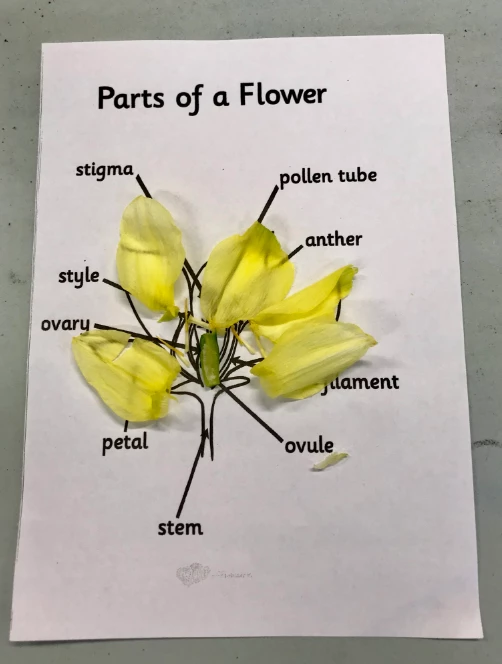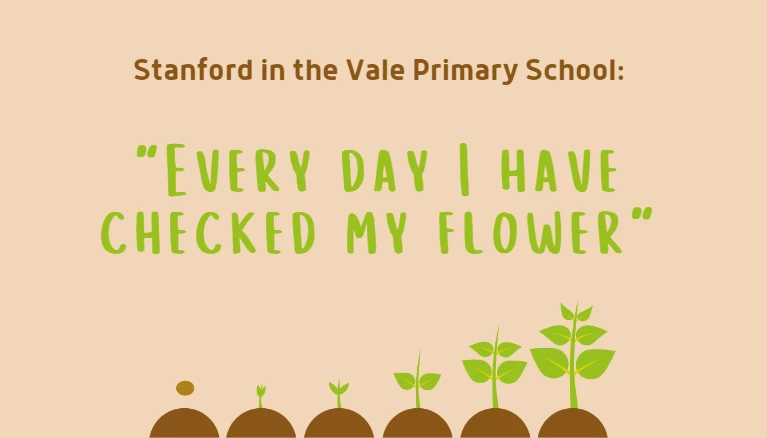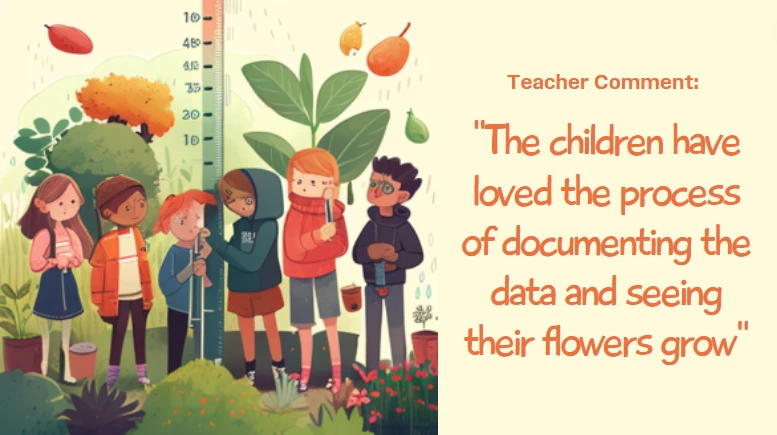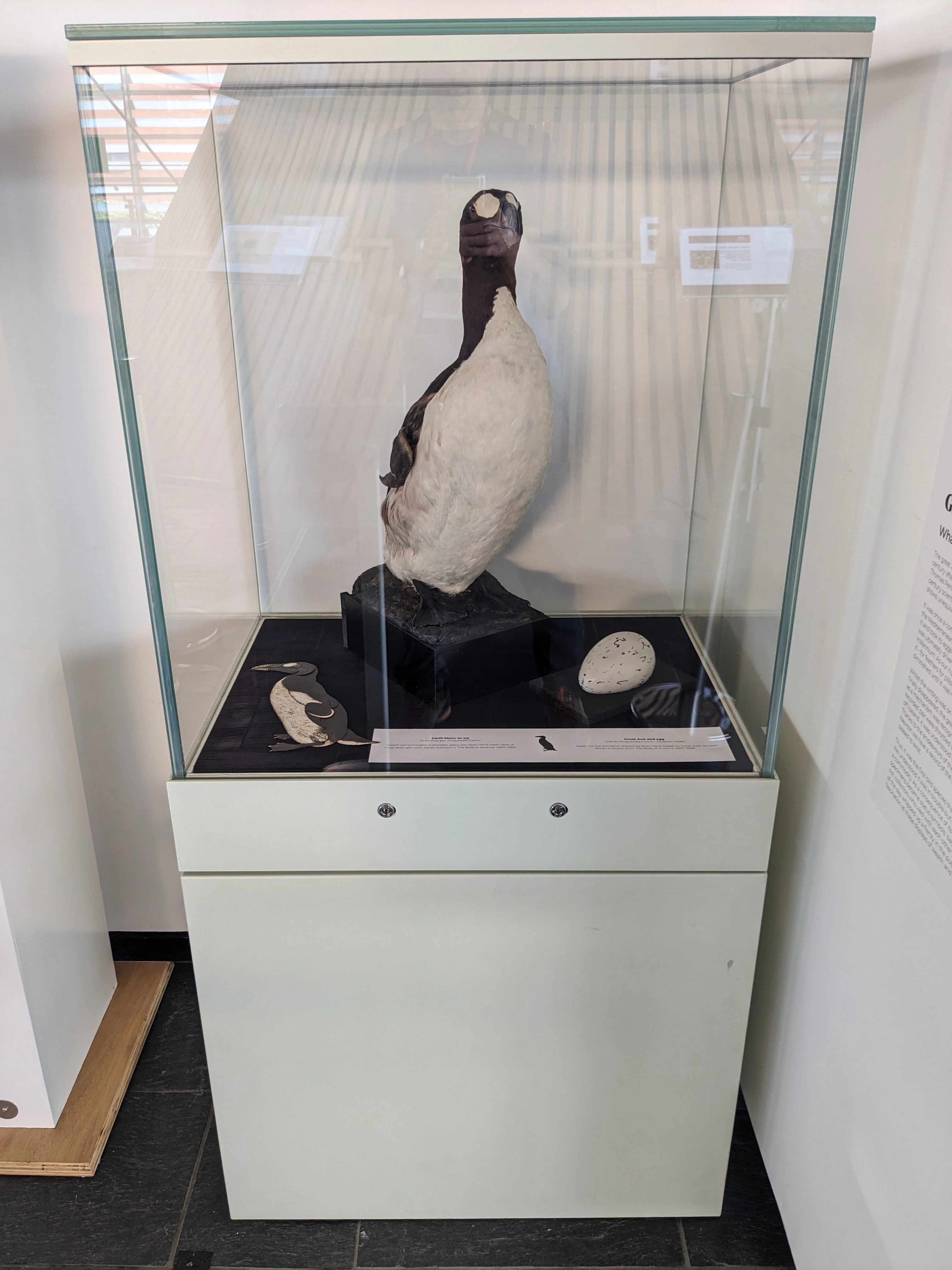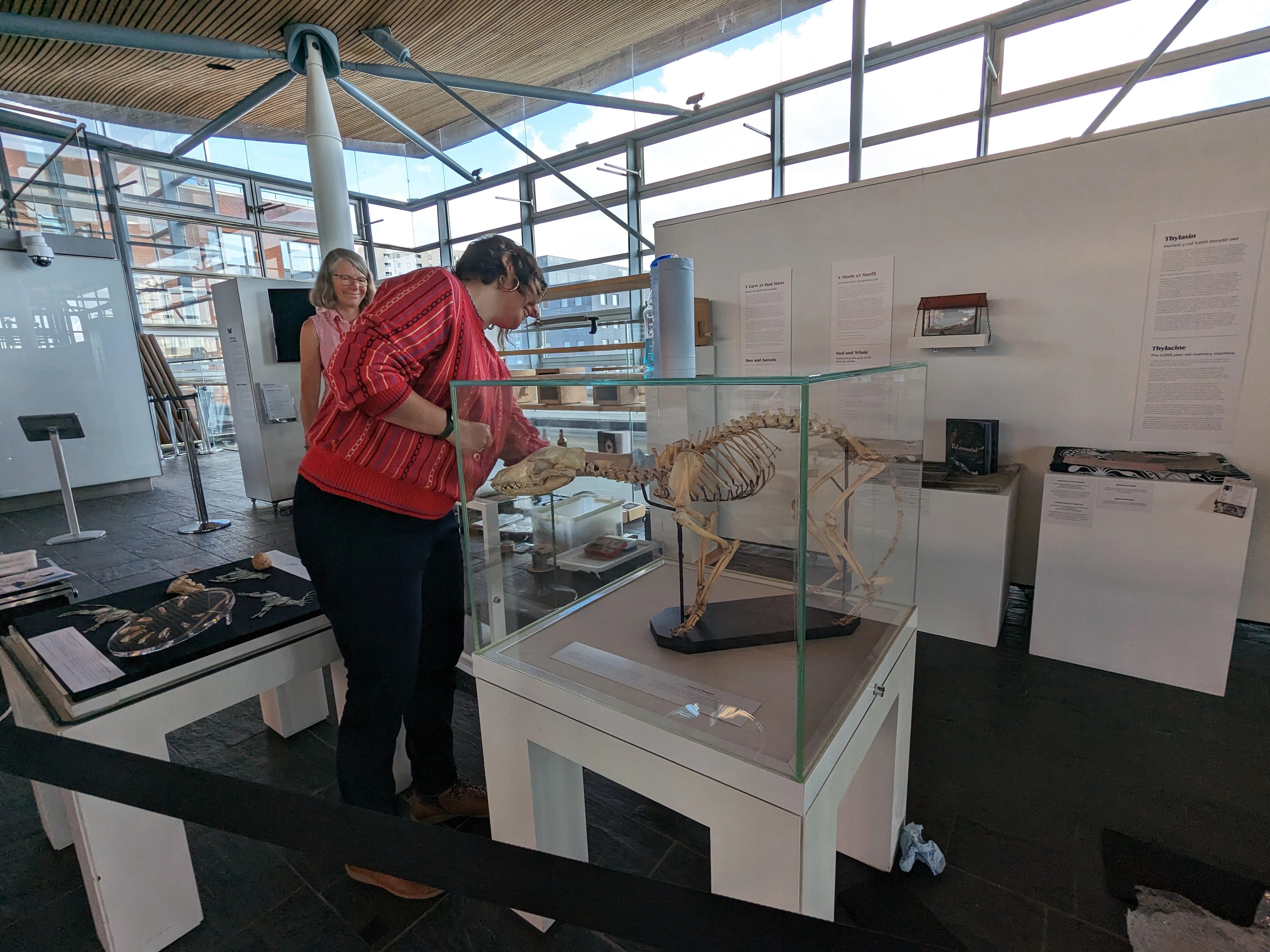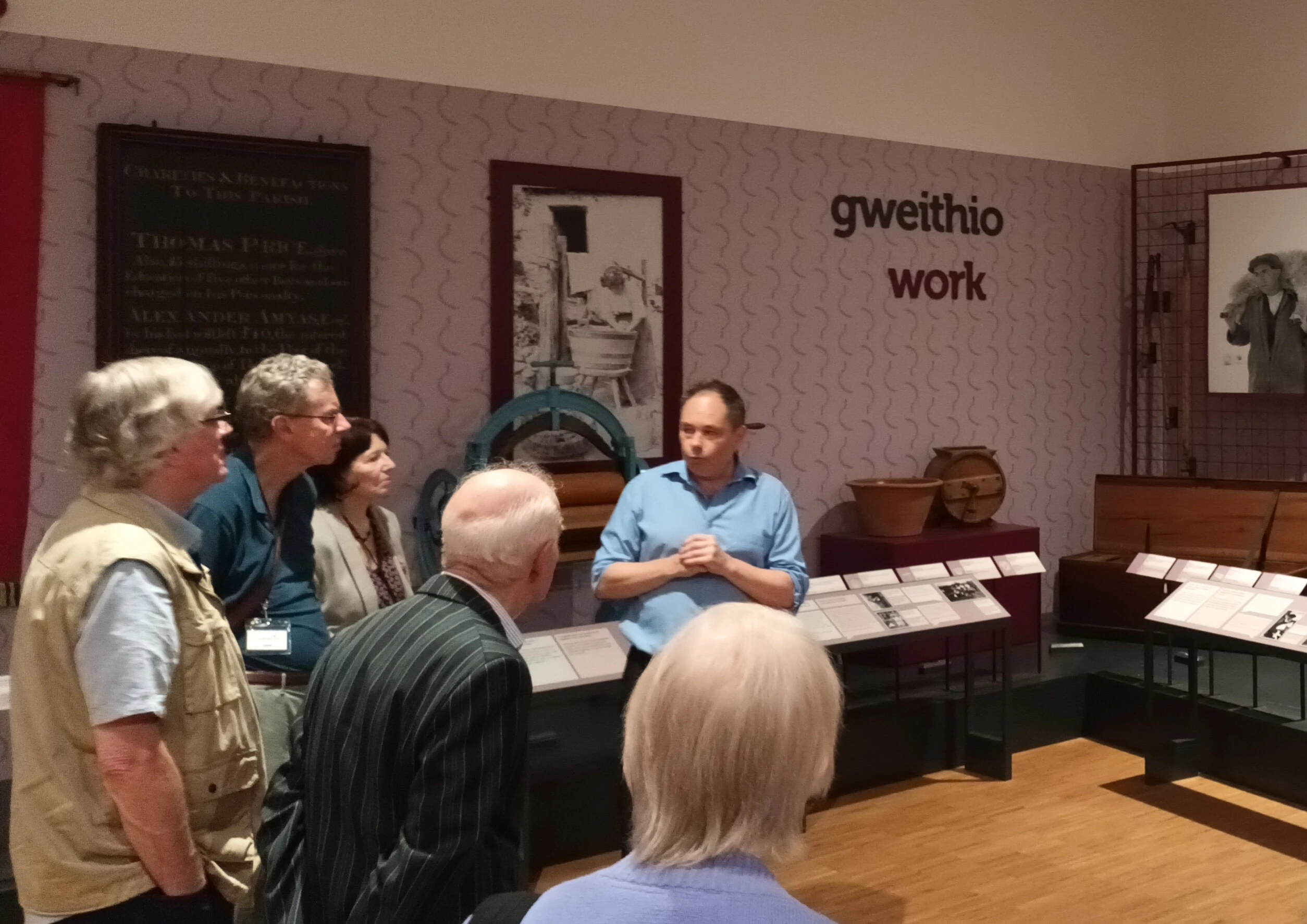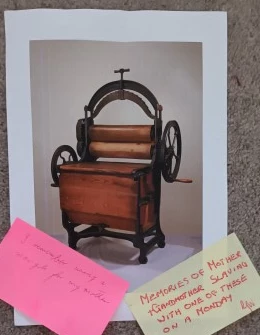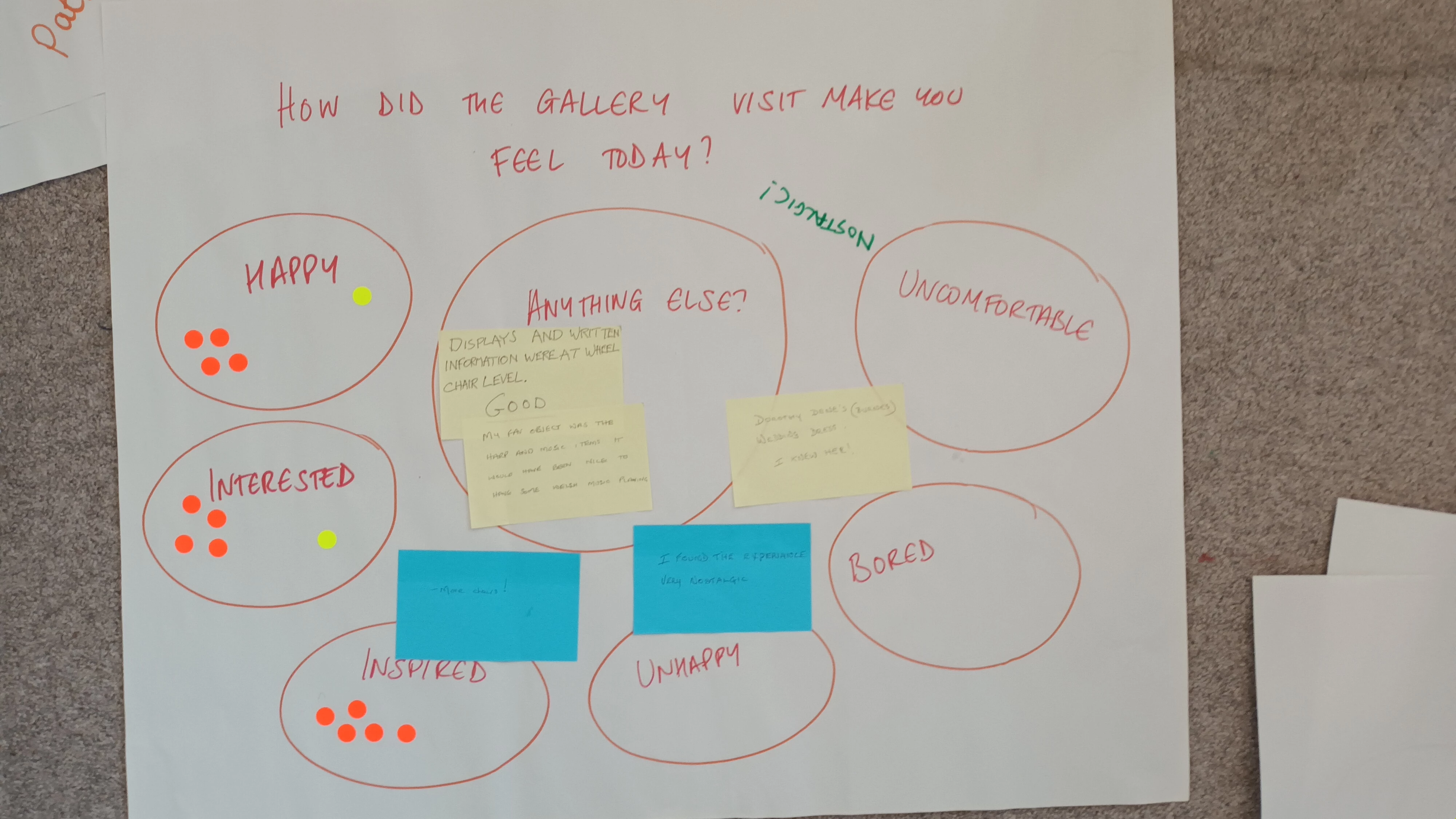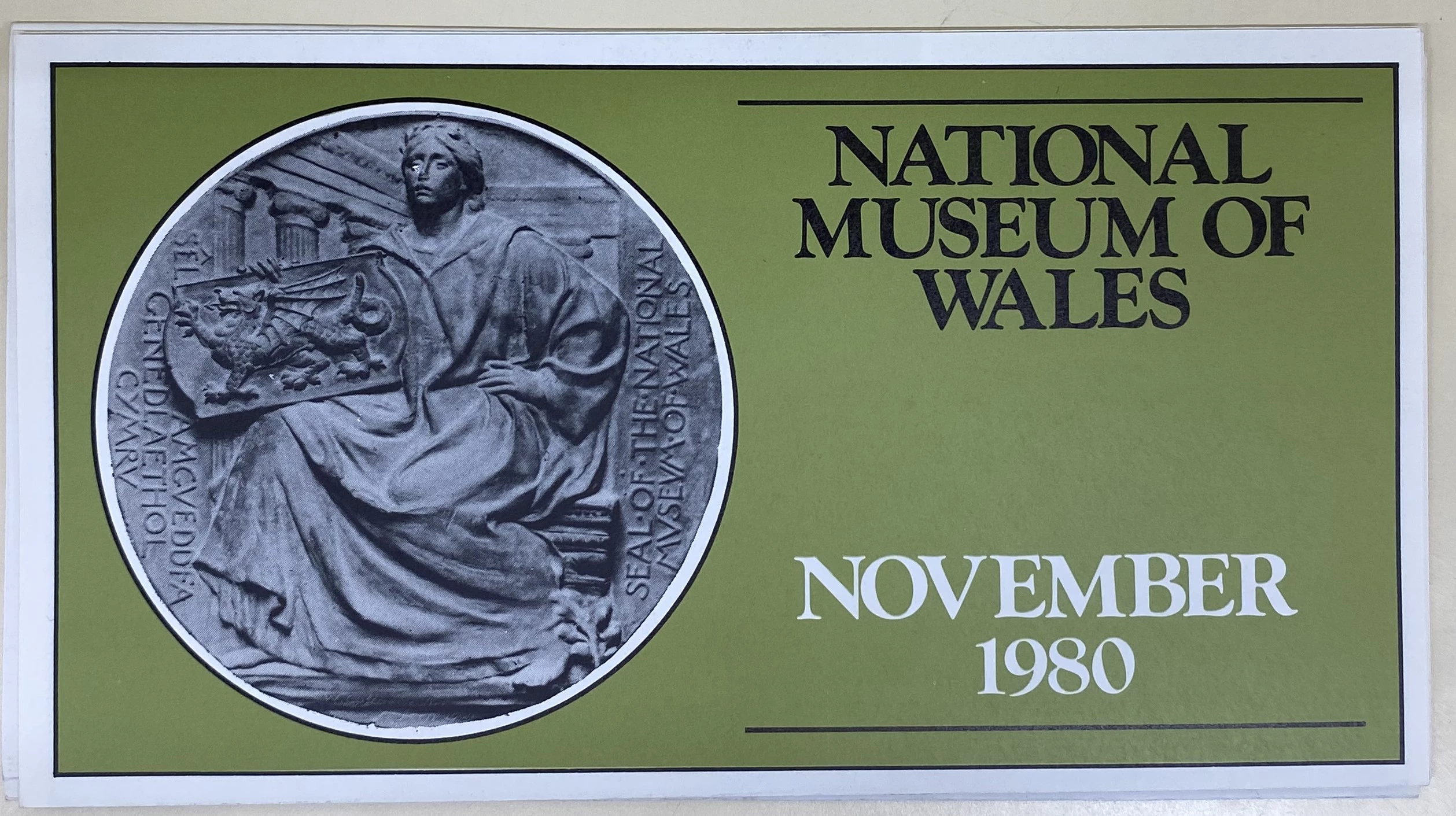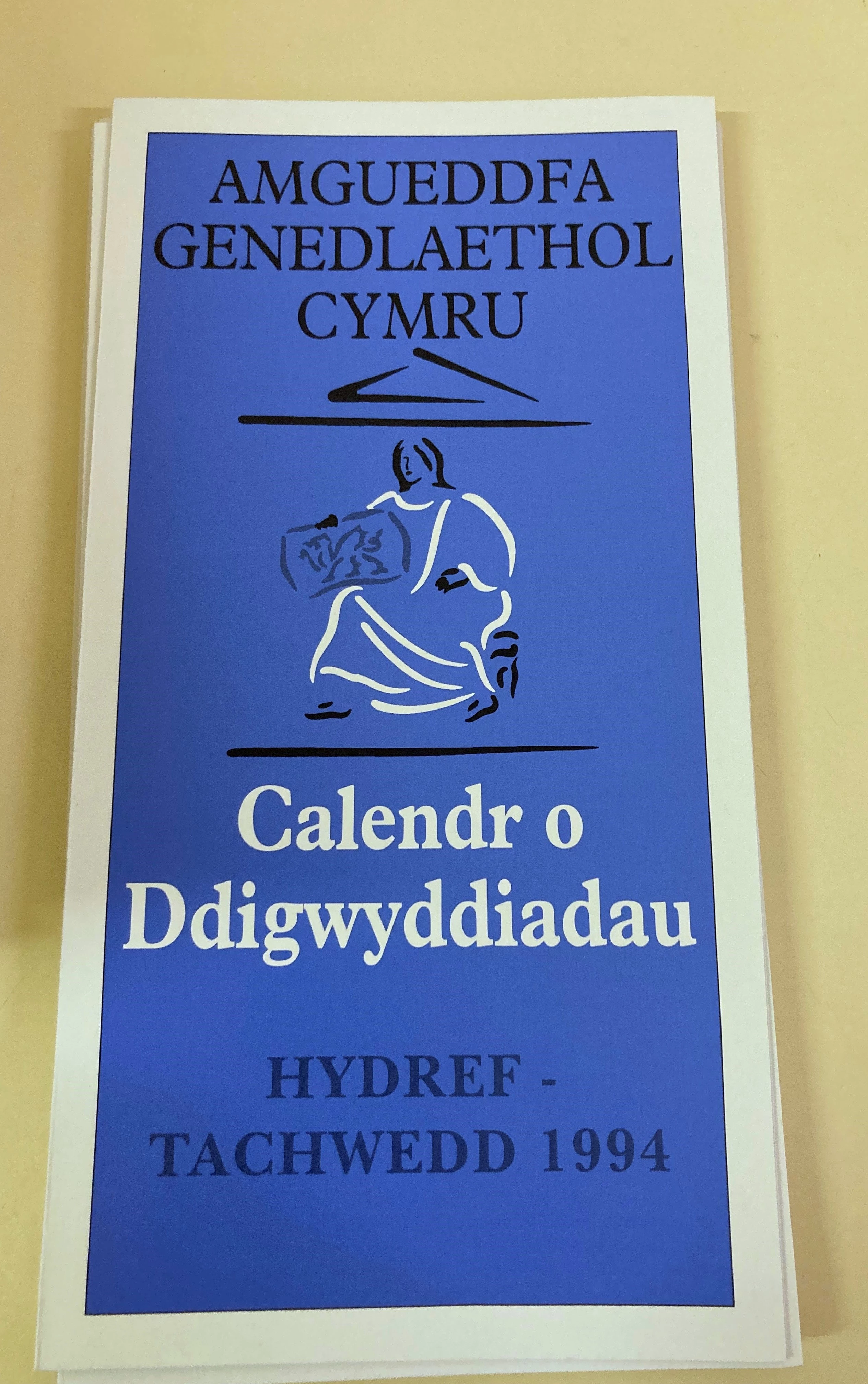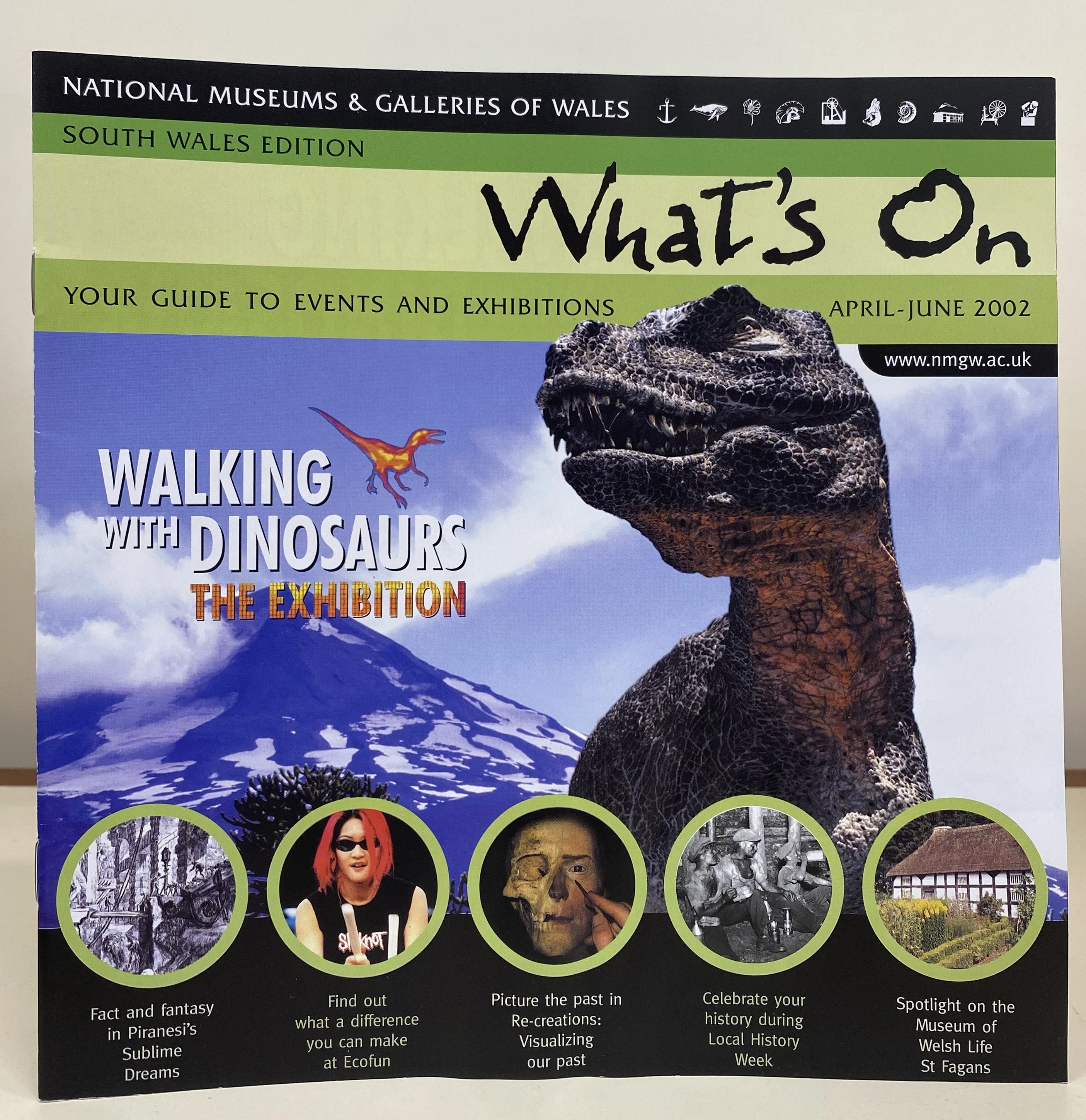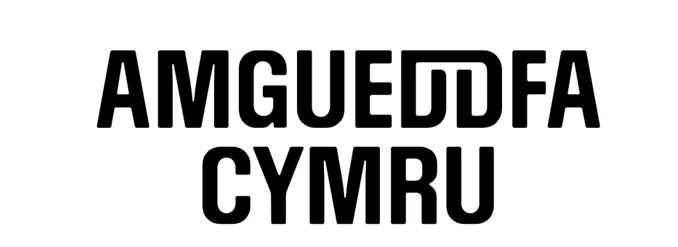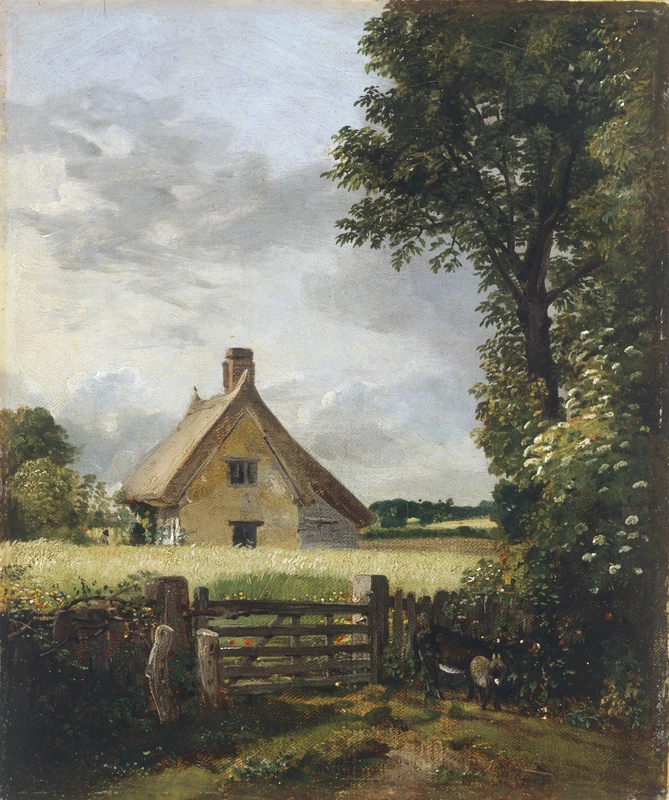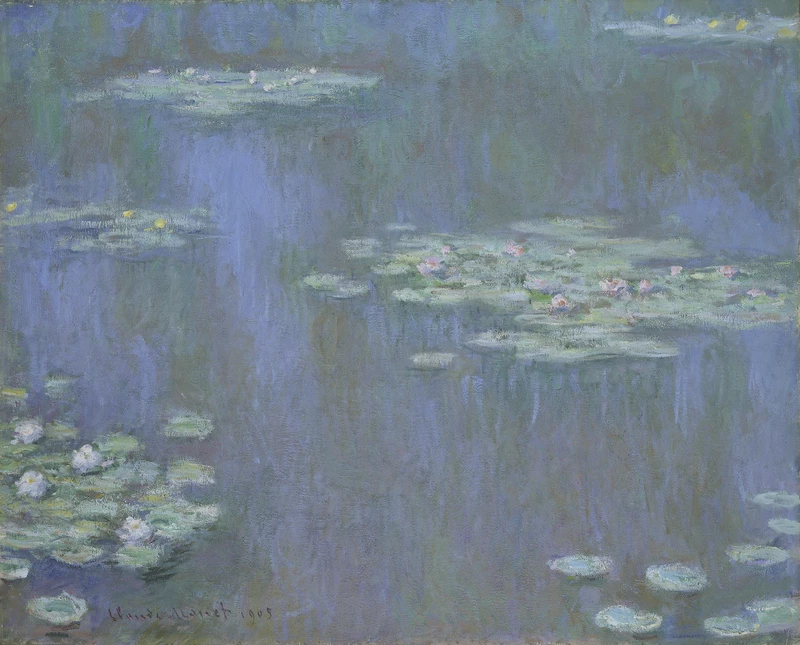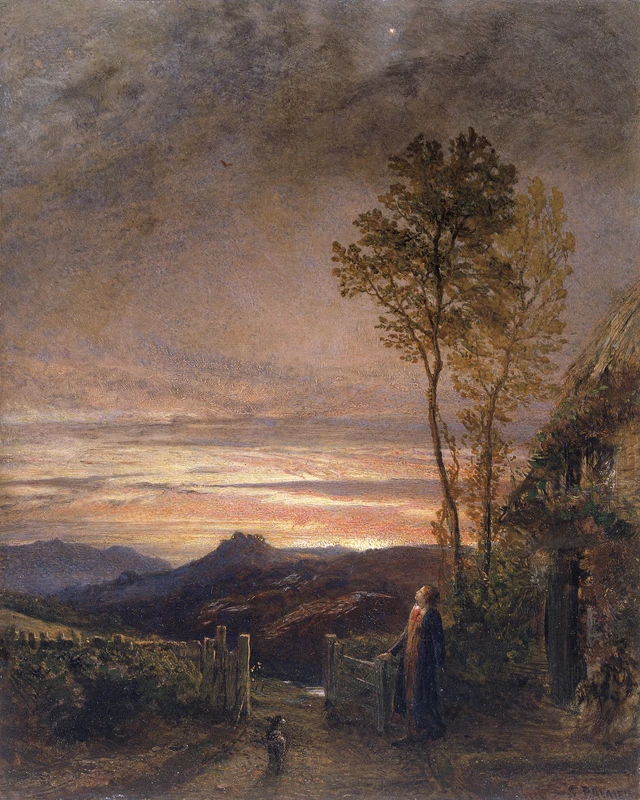We recently welcomed Memory Jar, a support group for people affected by dementia in Cowbridge, to St Fagans National Museum of History. This visit was part of Museums Inspiring Memories, a three-year partnership project between Amgueddfa Cymru and Alzheimer’s Society Cymru that aims to use our museums, collections and resources to develop practical ways to improve the quality of life of people affected by dementia.
Now into its second year, one of the project’s aims is to develop a more comprehensive and sustainable programme of dementia-friendly activities, both at our museums and in the community. At this stage in the project, we are starting to develop and trial activities, inviting community groups to come and take part and tell us what they think. This, in turn, will help us shape and develop our offer and programme before its launch next Spring.
The visit
On the 9th August, 29 members of Memory Jar joined us for a tour of two of the galleries at St Fagans – ‘Wales Is…’ and ‘Life Is…’. This was followed by tea, coffee, cake and conversation about the visit. We asked the group what they had enjoyed and if they had any suggestions about how we could improve future activities.
In the ‘Wales is…’ gallery, the group took part in a tour with Gareth Rees (Dementia Voice Lead for Museums Inspiring Memories) and Loveday Williams (Senior Learning, Participation and Interpretation Officer). Gareth and Loveday introduced some of the objects in the gallery, the displays of which have been curated to reflect the different meanings and perspectives of ‘Wales’, including themes of ‘Multiculturalism’, ‘Pride’, ‘Politics’ and ‘Conflict'.
In the ‘Life is…’ gallery, the group were given a tour and description of some of the exhibits on display, led by Gareth Beech, Senior Curator of Rural Economy. In this gallery, displays of objects are organised into themes which describe different aspects of life in Wales over time, from cafes to cookery, rural life, industry, holidays and childhood. One of the popular objects here was the old, cast iron Preston & Thomas fish frying range, which generated a lot of conversation and memories in the group.
Following the gallery visits, we all came together as one group. As well as general conversation, each table was asked to give their thoughts on one question in particular using stickers: ‘How did the gallery visit make you feel today?’ For this question the team provided six options: three positive (Happy, Interested and Inspired) and three negative (Unhappy, Bored and Uncomfortable), as well as a space to contribute any other feelings they may have had. People were also able to give feedback about the day by sharing with us their favourite items in the gallery, using post-its, pens and images of some of the objects. We also asked the group what they had enjoyed about their visit and how they find visiting museums generally.
All in all, feedback was very positive, with many reporting that they had enjoyed the visit. Many people indicated that they had felt happy, inspired by and interested in the gallery tours. Others said that it made them feel ‘nostalgic’ and ‘patriotic’. Some of the objects had sparked conversations and triggered some memories of family life, including the old hand mangle, which reminded one lady of her mother and grandmother using one of these.
“A lovely reminder of the past”
“It made me think how close my memories are, wherever I came from (Yorkshire), or later Wales for 40+ years. Wales should be proud of its tradition and continue to keep welcoming others”
“Displays and written information were at wheelchair level. Good.”
“My fav object was the harp and music items. It would have been nice to have some Welsh music playing.”
“I found the experience very nostalgic”
“More chairs!”
(Some of the participants’ feedback)
“The buzz of animated conversation continued in the bus all the way home to Cowbridge. A lovely atmosphere of people who were enjoying a great day out. Back at Memory Jar the week after the visit, we had the opportunity to look at photos of the day and to talk about things people remembered at the museum. Many very positive comments were made about how people had been inspired to reflect on aspects of their own story, with lovely memories of their own earlier days. One comment in particular made the whole thing worth doing: John, who is one of our quieter and less vocal members, was the first to respond to the whole group discussion about the visit. ‘Want to go again!’, he said, with a big smile, to be echoed with acclaim by the whole group.”
(Email from Colin, the Memory Jar group organiser, after the visit)
Thank you
The team wish to thank Memory Jar for their help in developing this work; we were delighted to show them around and to invite them to share their views about how we can make our museums more dementia-friendly in the future. We’d also like to thank Rotary Cowbridge for providing transport for the group, and the National Lottery Community Fund, who kindly support the Museums Inspiring Memories project.
The visit by Memory Jar provided the team with a valued opportunity to begin exploring what our offer will be for the community. The enthusiastic response by the group, and the positive feedback, showed that heritage does have an important role in the everyday lives of people affected by dementia. As the work to pilot and develop our offer across all seven of our museums continues over the coming months, we look forward to further developing our work with Memory Jar and other groups and individuals across Wales.
Get in touch
For more information, the team can be contacted either by email on mims@museumwales.ac.uk or by phone on 029 2057 3418. If you’d like to receive our quarterly newsletter, please let us know, using the contact details shown above.
